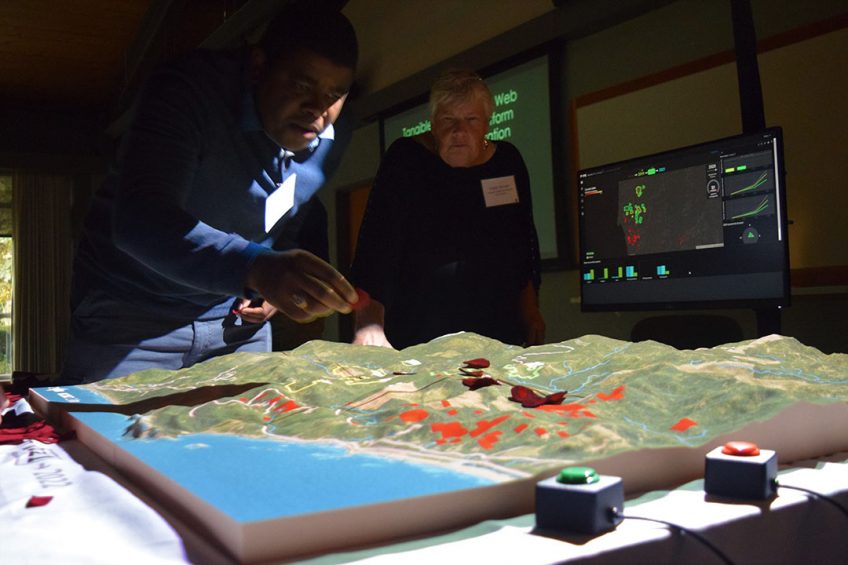Simulation tool predicts pests and disease spread in crops

North Carolina State University researchers have developed a computer simulation tool to predict when and where pests and diseases will attack crops.
The computer modeling system is called “PoPS”, for the Pest or Pathogen Spread Forecasting Platform. Working with the U.S. Department of Agriculture’s Animal and Plant Health Inspection Service, the North Carolina State University (NCSU) researchers created the tool to forecast any type of disease or pathogen, no matter the location.
Model improves by adding data
The system works by combining information on climate conditions suitable for spread of a certain disease or pest with data on where cases have been recorded, the reproductive rate of the pathogen or pest and how it moves in the environment. Over time, the model improves as natural resource managers add data they gather from the field. This repeated feedback with new data helps the forecasting system get better at predicting future spread, the researchers said.
Increasing number of threats to crops
According to NCSU this tool can be put into the hands of a non-technical user to learn about disease dynamics and management, and how management decisions will affect spread in the future. The researchers say the tool is needed as state and federal agencies in the U.S. charged with controlling pests and crop diseases face an increasing number of threats to crops, trees and other important natural resources.
PoPS used to track 8 emerging pests and diseases
Researchers have been using PoPS to track the spread of 8 different emerging pests and diseases. They are improving the model to track spotted lanternfly, an invasive pest in the United States that primarily infests a certain invasive type of tree known as “tree of heaven.” Spotted lanternfly has been infesting fruit crops in Pennsylvania and neighboring states since 2014. It can attack grape, apple and cherry crops, as well as almonds and walnuts.
The study, “Iteratively Forecasting Invasions with PoPS and a Little Help From Our Friends,” was published June 3, 2021, in the journal Frontiers in Ecology and the Environment.



